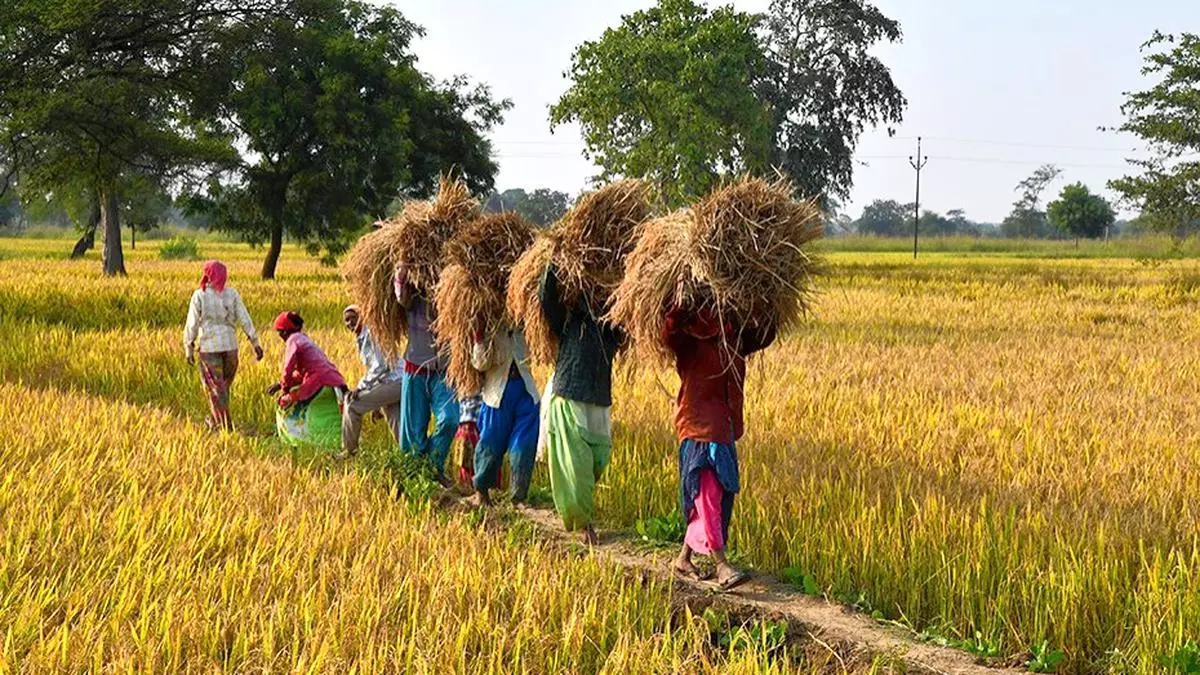How integrated pest management contributes to sustainable farming practices
In India, for sustainable farming practices, Integrated Pest Management (IPM) offers a holistic approach to pest control. It stands as a foundation when it comes to minimising the risks to health and environment, simultaneously maximizing agricultural productivity.
In 2024, the global IPM market size is valued at $142 billion. In India’s agricultural sector, the adoption of IPM principles has become imperative owing to the increasing challenges such as climate change, soil degradation, and pest outbreaks.
Finding perfect balance
The main focus area for IPM is finding a perfect balance between controlling pests and preserving the environment. IPM uses a mix of biological, cultural, physical, and chemical methods to keep the pests in check instead of focusing on products like pesticides with the first sign of trouble rising.
As per a research report the IPM market is India is expected to reach ₹3,42.3 billion by 2028 at CAGR 6.6 per cent.
Significance of IPM in farming
With the evolution in farming practices there has been a subtle change in the need for more sustainable pest management solutions. Henceforth, IPM has become a game changer in the field by reducing the dependence on harmful chemicals, promoting biodiversity, and ensuring long-term crop health. Some examples are:
● Use of biological control to combat pest problems and lessen their detrimental effects by utilizing the strength of nature’s natural enemies, such as parasites, predators and pathogens. From insects and plant diseases to worms and weeds, various pests have natural enemies that can help keep their populations in check.
● Applying cultural controls that effectively reduce pest numbers by altering our approach. Simple changes like adjusting irrigation methods can halt the spread of diseases and weeds, thereby curbing pest proliferation.
● Some mechanical and physical controls directly combat pests or prevent their intrusion.
● Utilizing traps to capture rodents or employing barriers like screens to block out insects are prime examples of these methods.
● Finally chemical control, that relies on pesticides to eliminate pests. However, for the best and most long-lasting results, pesticides are only used in IPM when absolutely essential and in conjunction with other tactics. It is crucial to choose pesticides that pose minimal risks to people, pets, and the environment.
Crop yield losses
This may involve employing specific types of pesticides in targeted ways, such as deploying them in bait stations rather than widespread spraying or focusing treatment solely on localised weed infestations rather than blanket application.
Currently, the crop yield losses due to insect pests, diseases, nematodes, weeds and rodents range from 15-25 per cent in India, amounting to ₹0.9 -1.4 lakh crore rupees a year ($12-18.5 billion). To add on, in India, pests and diseases, on average eat away around 20-25 per cent of the total food produced.
IPM can help minimise these losses. By promoting soil health, conserving water, and reducing pollution, it ensures a healthy environment and good harvest for a long period. Hence the main benefits are:
● Environmental benefits – By reducing pesticide use, promoting biodiversity, and conserving natural resources, IPM is favorable for both farmers and the environment
● Economic advantages for farmers – By cutting down on input costs, increasing crop yields, and improving soil health, IPM provides financial advantage for farmers looking to sustainably grow their business
● Health advantages for consumers – When farmers choose IPM, consumers get food free from harmful pesticide residues. By prioritizing human health and safety, IPM ensures healthy food.
Meaningful route
Therefore, funding farmer training and capacity-building initiatives is crucial to increasing the use of IPM in Indian agriculture. Initiatives can enable farmers to switch to more environmentally and financially sustainable farming practices by arming them with the knowledge, skills, and resources needed to undertake sustainable pest management strategies.
To conclude, integrated pest management (IPM) is not only a means of controlling pests but also a meaningful route towards resilient and sustainable farming methods in India. Farmers can increase crop yields, lessen their influence on the environment, and protect community health by adopting its principles. IPM integration continues to be a viable tactic for a more sustainable and environmentally friendly farming future as India struggles to understand the complexity of contemporary agriculture.
The author is Manager, Growth Advisory, Aranca
